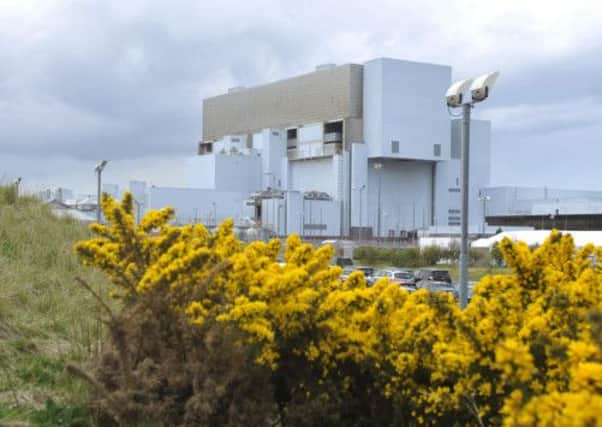Nuclear plants cleared over child cancers


Research published in the British Journal of Cancer found the chances of developing non-Hodgkin lymphoma or childhood leukaemia were no greater for youngsters living near installations than for other children.
The study follows previous concerns raised by campaigners that nuclear plants are linked to a higher cancer risk.
Advertisement
Hide AdAdvertisement
Hide AdCancer Research UK welcomed the findings, but said radiation levels and cancer rates around plants still had to be monitored as it was not possible to rule out risks entirely.
Researchers from the Childhood Cancer Research Group in Oxford looked at almost 10,000 children under five years of age who were diagnosed with leukaemia or similar cancers in Britain between 1962 and 2007. The scientists also measured the distance from the nearest nuclear power plant both at the time the children were born and when they were diagnosed. They concluded there was no apparent extra risk to children in living near a nuclear power plant compared to living elsewhere.
A key aspect of the study was that the cases of childhood cancer looked at were drawn from the National Registry of Childhood Tumours, which has kept records of nearly all children diagnosed since 1962, with linked registrations to birth records for children born in Britain.
Dr John Bithell, honorary research fellow at the Childhood Cancer Research Group and lead author on the study, said: “The incidence of childhood leukaemia near nuclear installations in Great Britain has been a concern ever since the 1980s when an excess of cancer in young people near Sellafield was reported in a television programme.
“Since then, there have been conflicting reports in the UK and Europe as to whether there is an increased incidence of childhood cancer near nuclear power plants. Our case-control study has considered the birth records for nearly every case of childhood leukaemia born in Britain and, reassuringly, has found no such correlation with proximity to nuclear power plants.”
Leukaemia is the 12th most common cancer in the UK, but accounts for a third of all cancers diagnosed in children. Around 500 new cases were diagnosed in children under the age of 15 in 2010 in the UK.
Hazel Nunn, Cancer Research UK’s head of health information, said: “It’s heartening that this study supports the findings of the Committee on Medical Aspects of Radiation in the Environment (Comare) – that being born or living near a nuclear power station doesn’t lead to more cases of leukaemia and similar cancers in children under five in the UK.
“But these results can’t rule out any possible risk, so it’s still important that we continue to monitor both radiation levels near nuclear power plants and rates of cancer among people who live close by.”
Other recent research has shown that while a large number of young people are still struck by leukaemia, survival rates are improving.